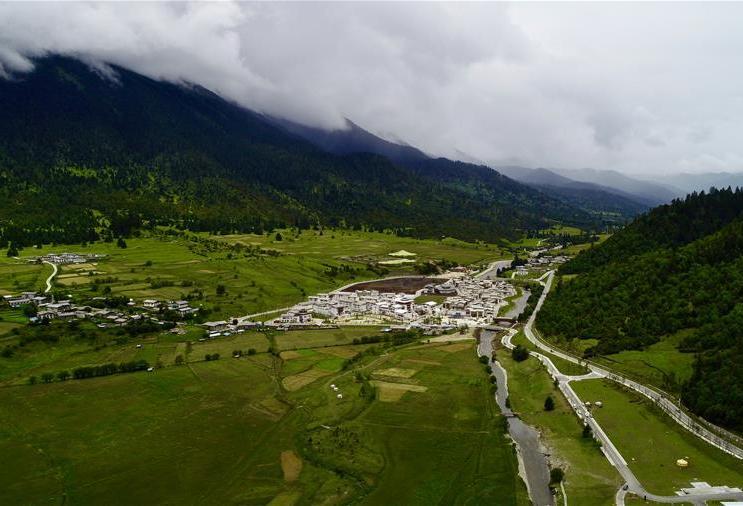Tibet’s civil aviation undergoes revolutionary changes
Since May of 2018, as Tibetan Airlines and Chengdu Airlines both launched Lhasa to Wuhan flights, there are now 10 airlines flying to and from Tibet, reaching 47 cities, and with a total of 86 domestic and international flight routes.
“Back in 1986, there were no trains in Tibet yet, when we left with our teacher in Lhsasa, it took us seven days on buses to reach Chongqing, and then nine days of boat travel before we got to Hubei Province.” Said Silang Denzin Chupei, who is now an entrepreneur in Wuhan, as he remembers his traveling 32 years ago from Tibet to inland China for school.
“At the time, a lot of people were dizzy from the bus and boat ride and threw up on the way.” Said Chupei. “Now we have direct flights from Tibet to Hubei Province, it’s safer and easier than ever before to travel.”
Lhasa’s Damxung Airport was the first airport in Tibet Autonomous Region. In the beginning of its construction, the lack of resources meant the construction workers had to manually carry all the building materials, but they still managed to build a runway on the 4230-meter-altitude Damxung Meadows in just six months.
In May of 1956, the transport planes charted by Chinese air force pilots first flew to Tibet, opening the “Gates in the Air” to Tibet. Later in March 1965, the Tibet civil aviation built launched the Lhasa stop and opened the flight route of Beijing-Chengdu-Lhasa, creating a “Golden Bridge in the Air” for Tibet to reach the rest of China.
Dechen Yangzum is China’s first Tibetan flight steward. She moved to Beijing when she was three-years-old with his parents, becoming a frequent flier between his hometown and Beijing. He said that compared to the conditions in the 1970s, civilian flights in Tibet has reached new level, with Gonggar Airport having international flights and continuing to expand.
Records show that in the beginning of China’s Reform and Opening-Up, civilian air travel in Tibet had less than 60 thousand passengers, with the capacity first surpassing one million passengers in 2006, and reaching 4.5 million in 2017, which is 75 times the initial number.
Editor:Yanina
Your Comment
Name E-mail






